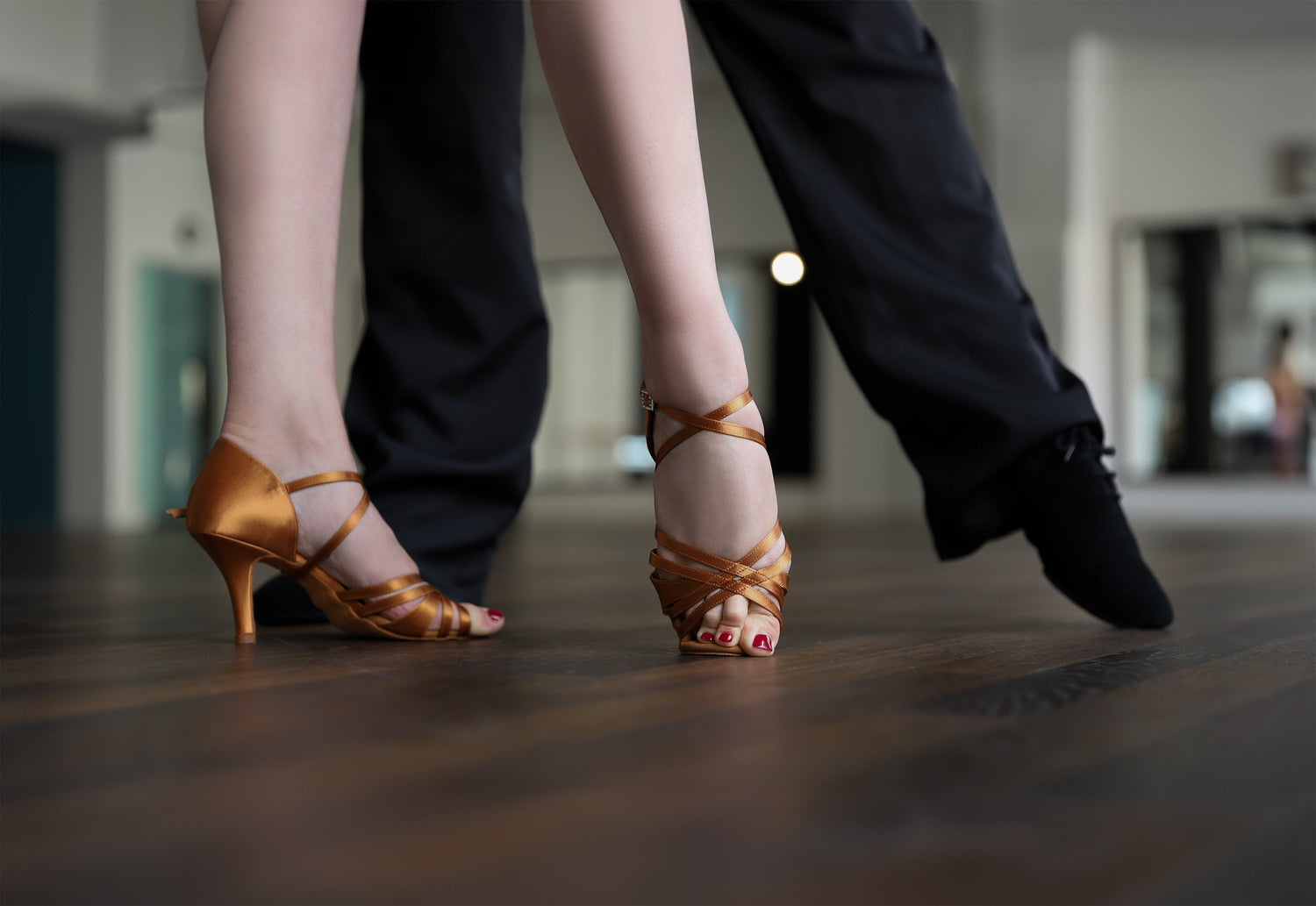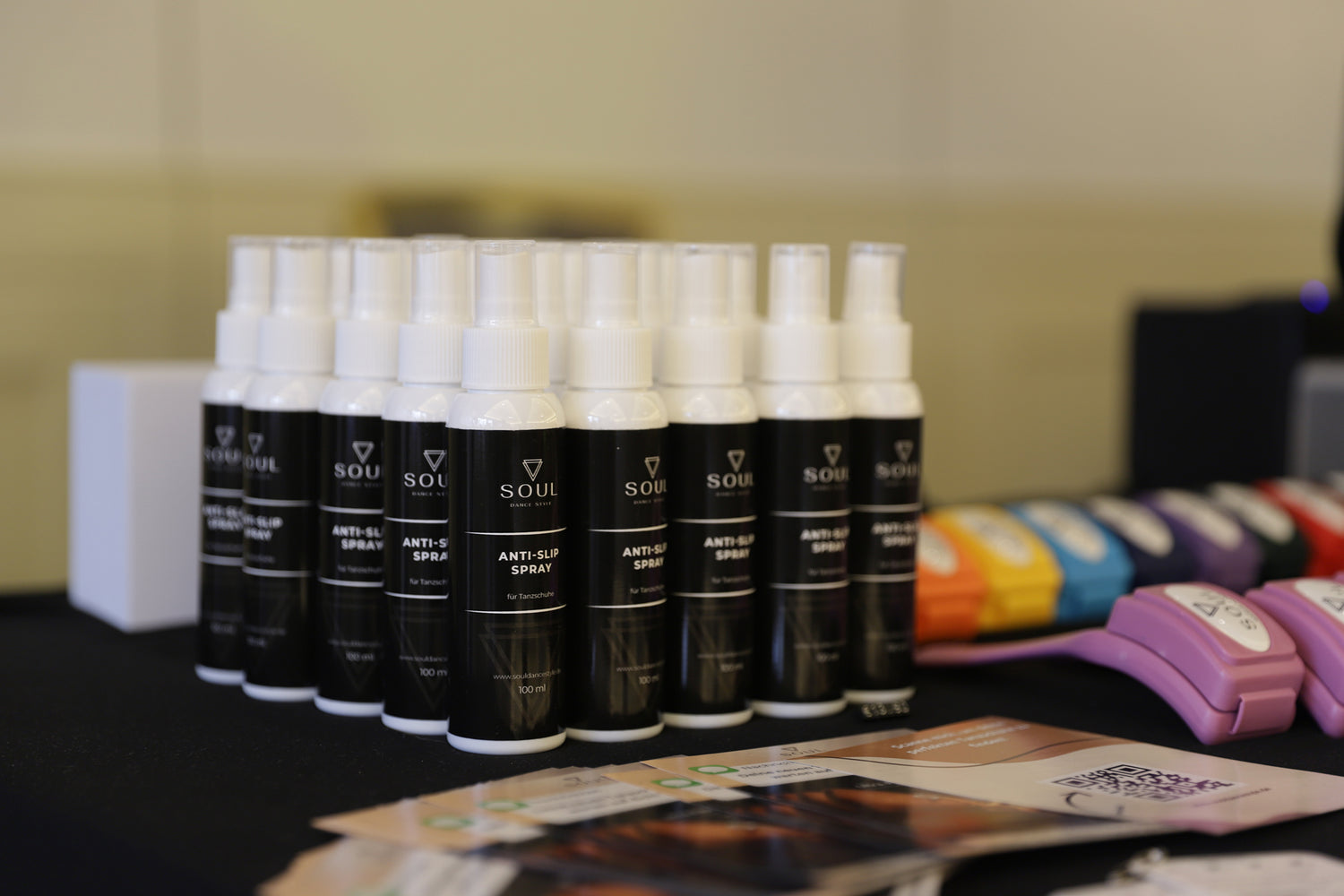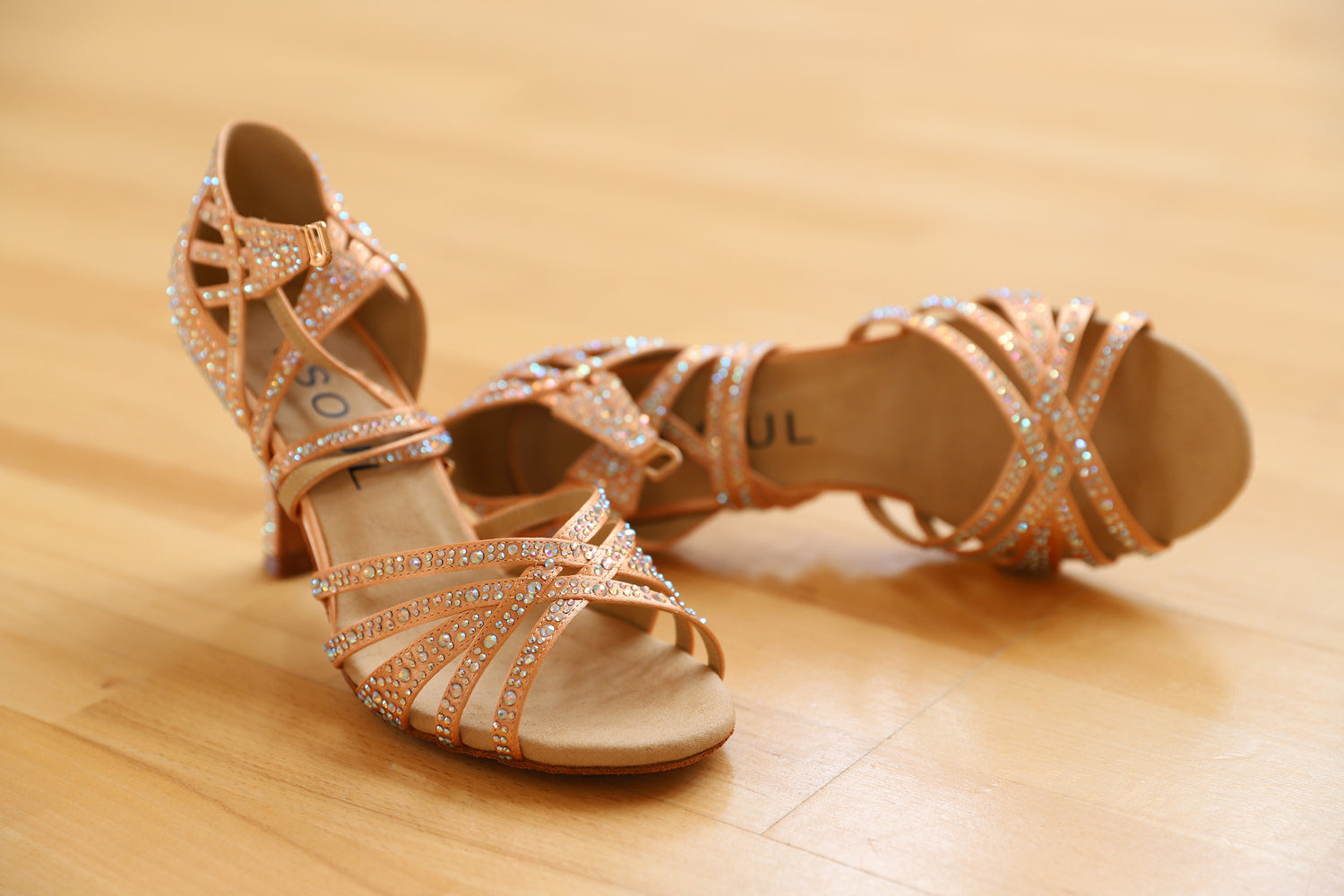Salsa and Bachata are two of the most popular Latin American dances, which, despite their similarities, differ in many aspects. Here are the main differences between these two dances:
Country of Origin
- Salsa: Originated in Cuba, but it developed significantly in the USA, especially in New York.
- Bachata: Originally from the Dominican Republic.
Variety of Styles
- Salsa: Very diverse with many styles and subgenres such as Rueda, Salsaton (a mix of Reggaeton and Salsa), New York Style, L.A. Style, Cuban Style, and more.
- Bachata: More modest in variety, mainly divided into two styles: Dominican Bachata (classic) and Modern Bachata (urban Bachata).
Basic Movements
- Salsa: The basic steps and movements are more complex and varied. There are many turns, figures, and improvisations.
- Bachata: Simpler with fewer basic movements. The steps are in quarter time and include simple rhythms and hip movements.
Music
- Salsa: Danced to various tempos, from slow to very fast. The music is rhythmic and dynamic.
- Bachata: Characterized by slow, lyrical, and soulful music. The melodies are often romantic and emotional.
Character of the Dance
- Salsa: An expressive and dynamic dance, full of flirtation, tricks, and cheerfulness. There is a playful and sometimes teasing interaction between the partners.
- Bachata: Sensual and romantic, full of grace, beauty, and femininity. The dancers show tenderness and a close connection.
How It Is Danced
- Salsa: Can be danced as a partner dance, alone (such as in Lady Styling), or in groups (Rueda de Casino). It is important to dance with a lot of energy and creative movements.
- Bachata: Traditionally danced as a partner dance, focusing on gentle, flowing movements and a good feel for the partner to create a harmonious connection. Recently, Bachata is also danced solo, especially in Lady Styling, where dancers showcase their technique and expressiveness independently of a partner.
At many dance parties, Salsa and Bachata alternate, as they are among the most popular dance styles and complement each other well in character. Salsa brings energy and playfulness, while Bachata adds romance and sensuality.
Which Dance Shoes Are Suitable for Salsa or Bachata?
Choosing the right dance shoes is crucial for a comfortable and safe dancing experience. For Salsa and Bachata, there are various models:
- Dance shoes for women: Specifically designed for Latin American dances like Salsa and Bachata.
- High heels with rhinestones: Elegant and perfect for performances or special occasions.
- Classic models without rhinestones: Ideal for daily practice and dance classes.
- Sneakers: Suitable for longer training sessions, providing comfort and support.
Dancing is a form of expression, and the right shoes can make a significant difference in the performance and well-being of the dancers.





